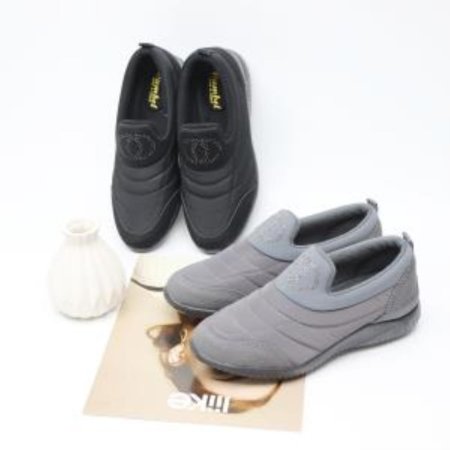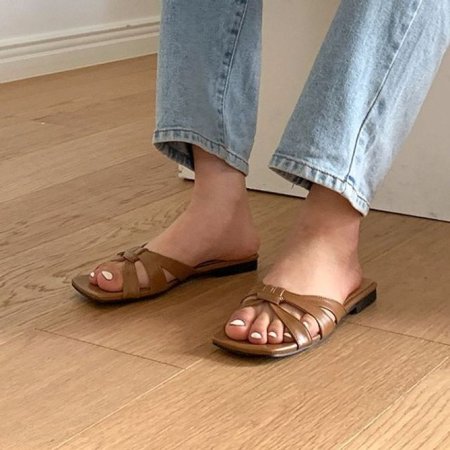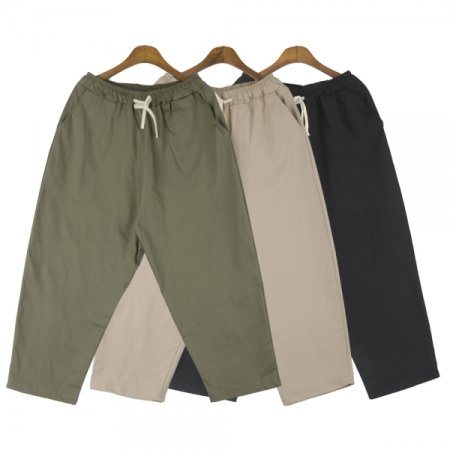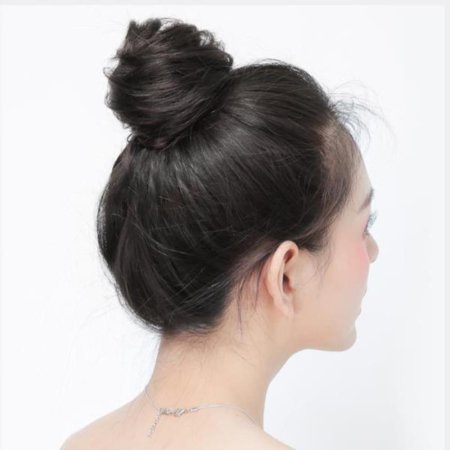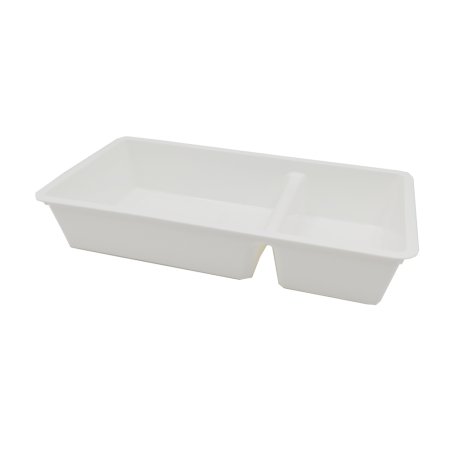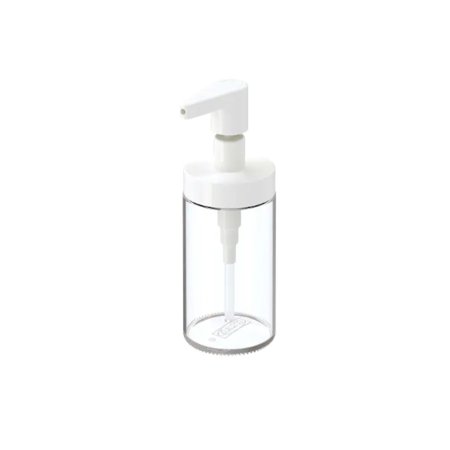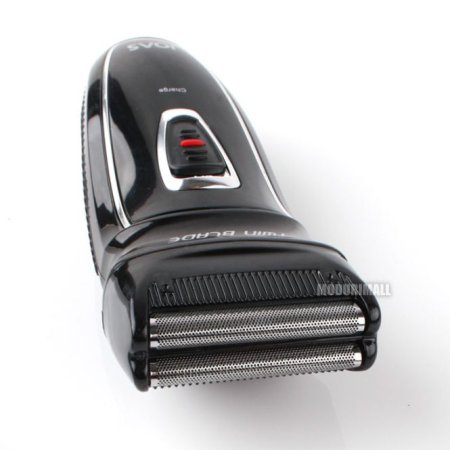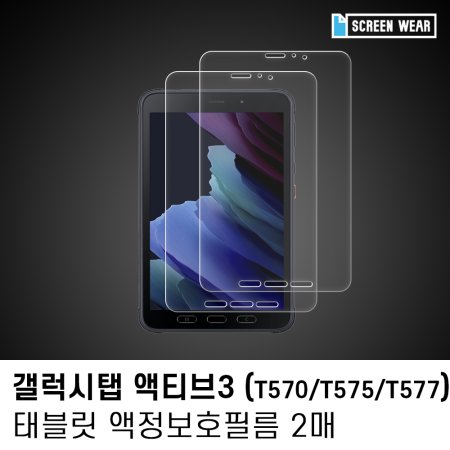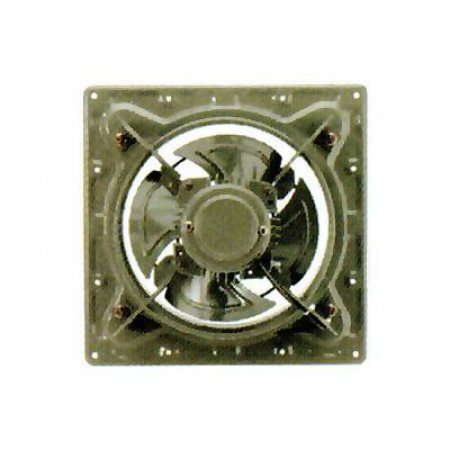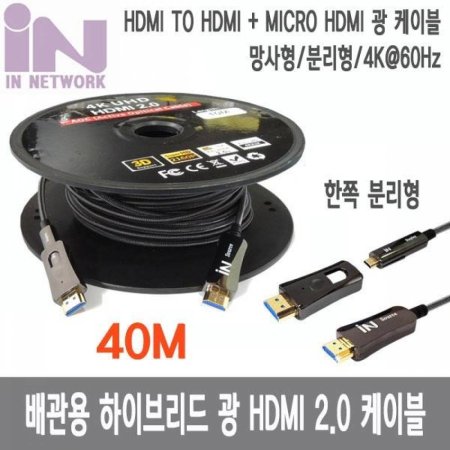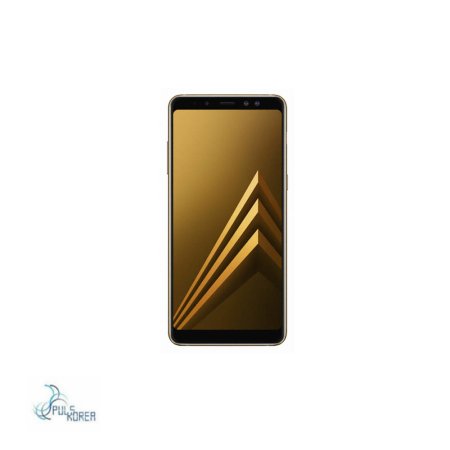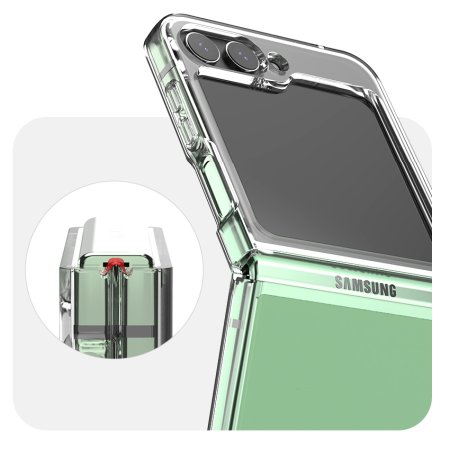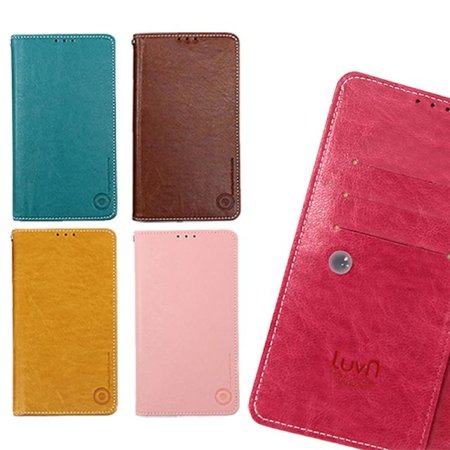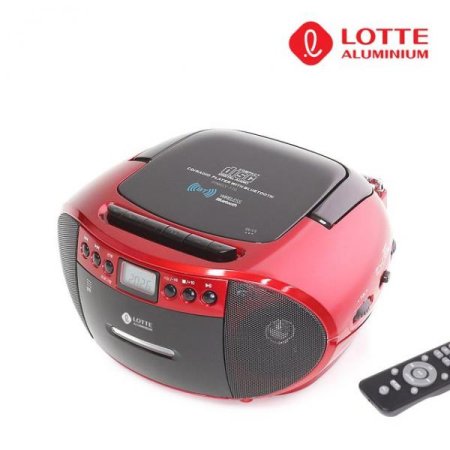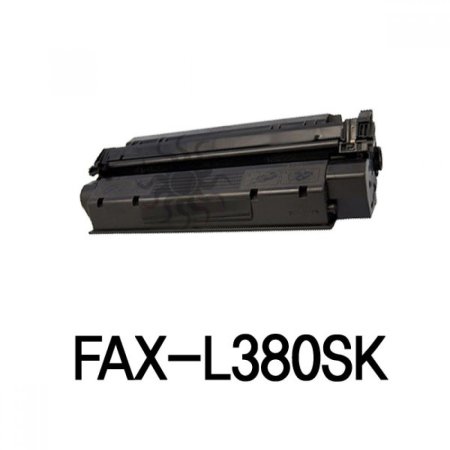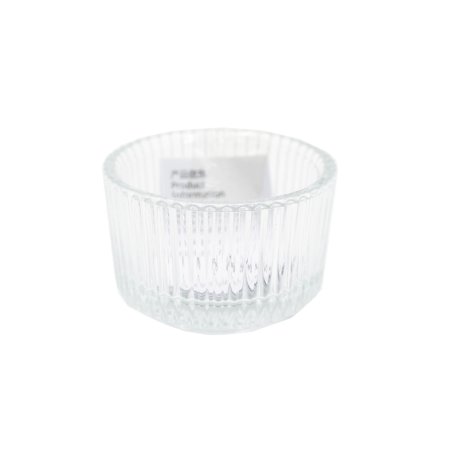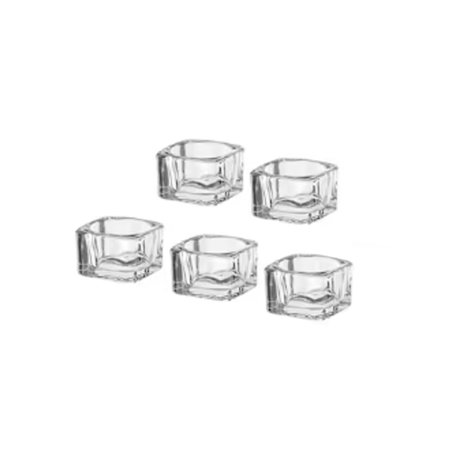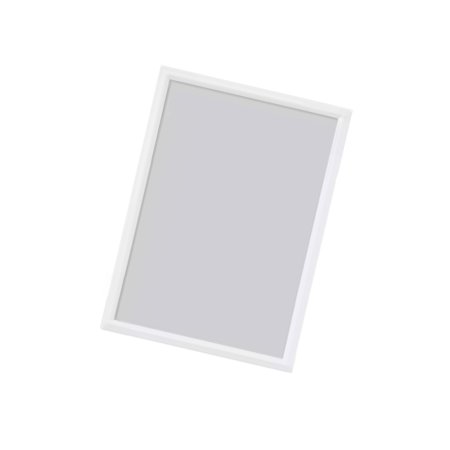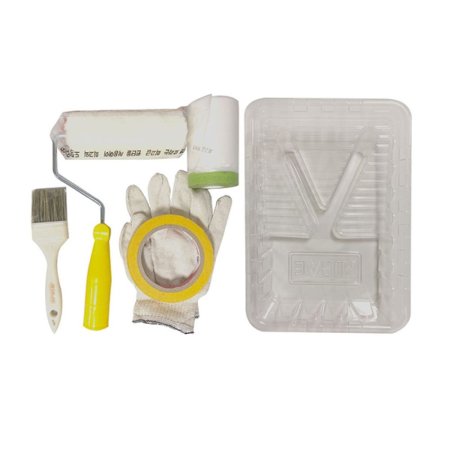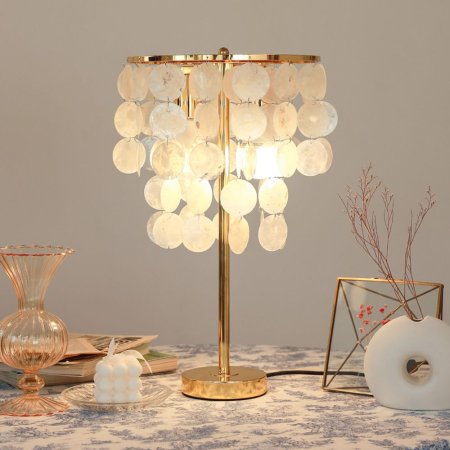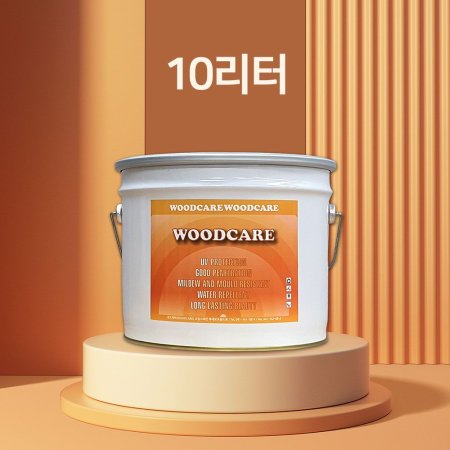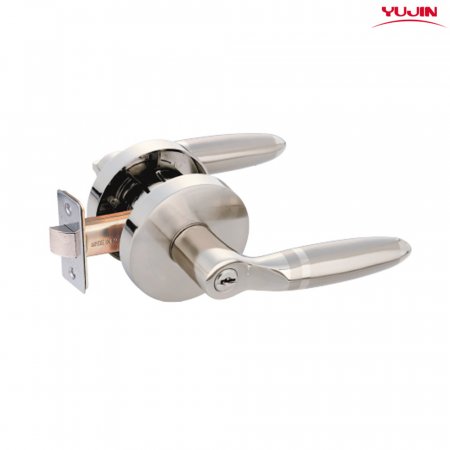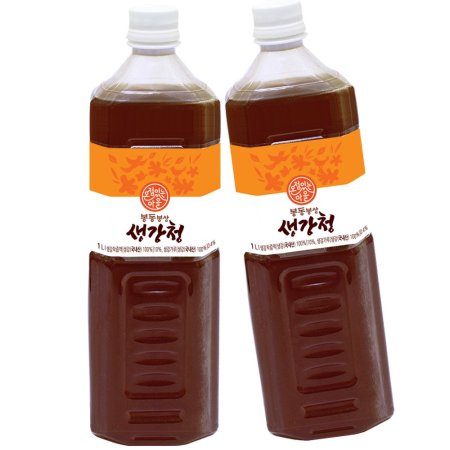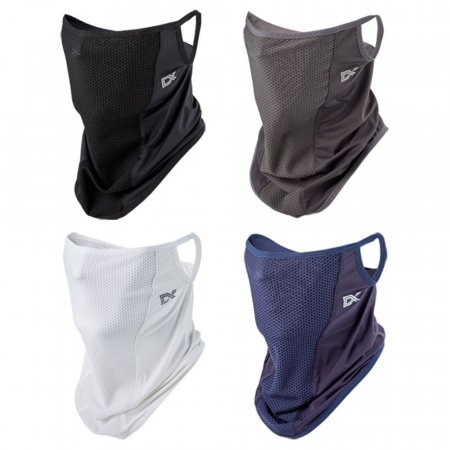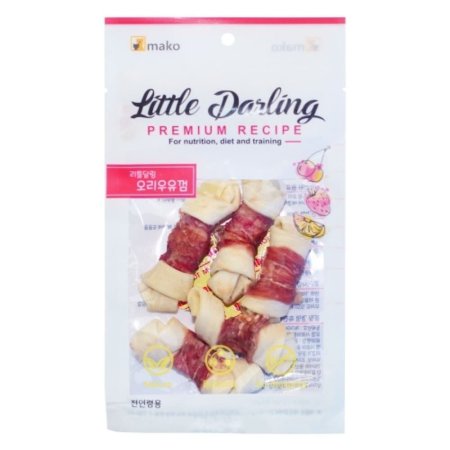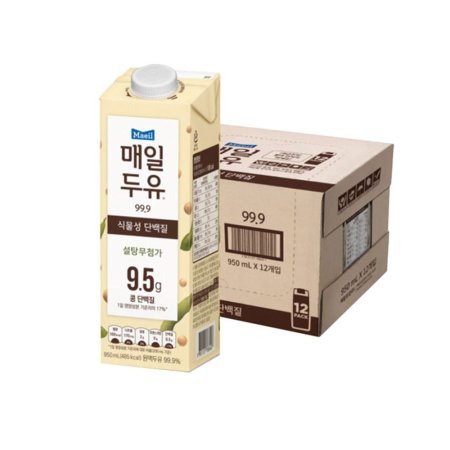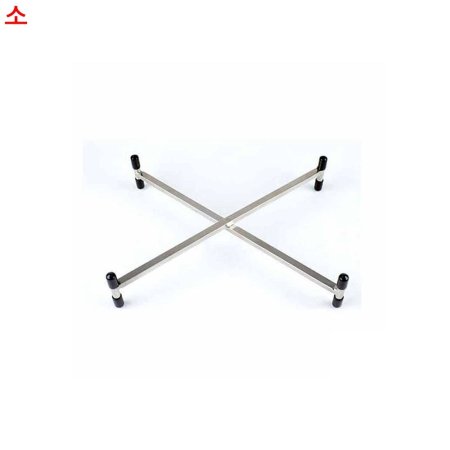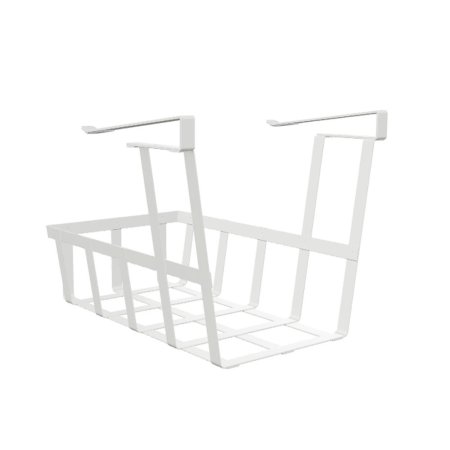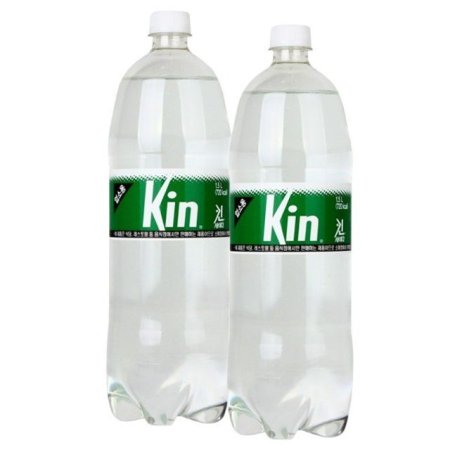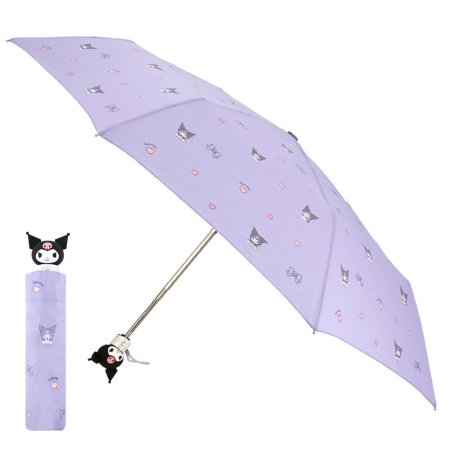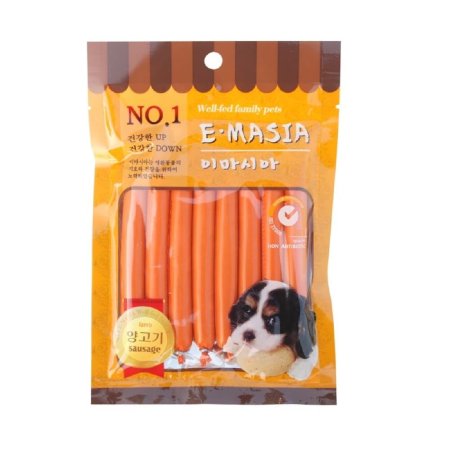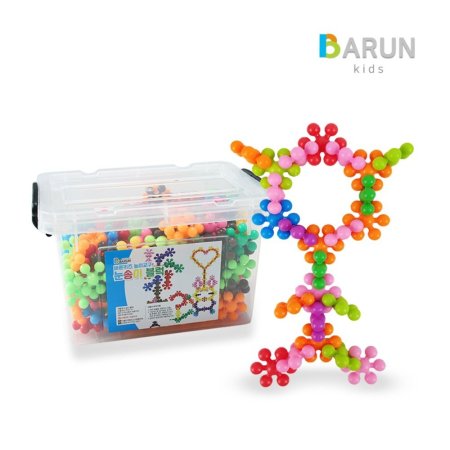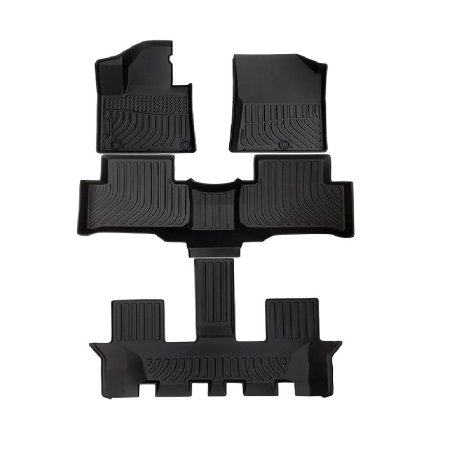[문화재청](국영문 동시배포) 국립문화재연구원, 전통 안료 ‘동록(銅綠)’ 복원 성공

문화재청 국립문화재연구원(원장 김연수)은 목조건축물의 단청, 괘불, 사찰 벽화 등에 녹색안료로 자주 사용된 인공 무기안료 ‘동록(銅綠)’을 전통 제법으로 복원하는 데 성공했다.
* 괘불 : 크게 그려 걸어 놓은 부처의 모습
* 안료 : 물질에 색을 내는 색소로, 물이나 기름 등에 녹지 않는 미세한 분말의 고체 형태임
* 무기안료(無機顔料) : 색을 내는 성분이 무기질로 이뤄진 안료
* 제법 : 제조법의 준말
국립문화재연구원은 2019년부터 전통 인공 무기안료의 재료와 제조기술을 복원하는 연구를 해오고 있다.
대표적인 전통 인공 무기안료에는 녹색을 표현하는 동록, 청색을 표현하는 회청, 황색을 표현하는 밀타승, 적색을 표현하는 연단, 백색을 표현하는 연백이 있는데, 이중 동록은 물질과 제법이 단절되고, 문헌이나 역사적 자료도 많지 않아 그동안 복원이 어려웠다.
* 물질 : 재료가 가진 고유의 성질
※ 2014년부터 ‘전통 단청안료 제조기술 및 품질기준 연구’를 통해 석간주, 황토, 뇌록, 백토, 석록, 석청, 주사 등 천연 무기안료 7종을 재현하는데 성공하였으며 전통 안료 제법인 수비법(水飛法)과 연표법(硏漂法)을 과학적으로 규명하고 제조공정을 정립함
동록은 천연 또는 인공적으로 구리가 산화되어 만들어진 녹색안료인데, 전통적으로도 구리 및 구리합금을 인공적으로 부식시킨 후 분말 형태로 제조하여 썼다.
* 합금 : 한 가지의 금속에 하나 이상의 다른 금속 또는 비금속을 첨가하여 만든 금속
연잎처럼 짙은 녹색을 띠어 ‘하엽(연꽃의 잎)’으로도 불리며, 과학적으로 분석하면 주로 천연 광물인 녹염동광 또는 인공 화합물인 염화동으로 식별되는 터라 천연 안료인지 인공 합성안료인지 분명하게 규명되지 않았다. 이에 국립문화재연구원은 한·중·일 고문헌을 연구해 동록의 명칭과 제조 방법을 찾아내 동록을 재현하고, 재료가 가진 고유의 성질을 밝혀내었다.
* 녹염동광(atacamite) : 구리 광물이 건조한 상태 또는 염분을 포함한 상태에서 변화된 2차 광물로 녹색을 띰.
* 염화동(copper chloride) : 염소와 구리의 화합물
고문헌 조사 결과 확인된 동록의 제법은 동기(銅器, 구리나 구리합금으로 만든 그릇이나 물건)를 초(醋)로 부식시켜 만드는 산부식법이 대부분이었고, 이외에 동기를 가루로 만들어 광명염(光明鹽)과 뇨사(?砂)로 부식시켜 만드는 염부식법도 일부 있었다.
* 고문헌: 천공개물(天工開物, 명나라 말기의 산업기술 서적), 본초강목(本草綱目, 명나라 말기의 전통 약재 백과사전), 임원경제지(林園經濟志, 조선 최대의 자연과학 백과사전), 신수본초(新修本草, 당나라 의학 서적)
* 초(醋) : 초산(醋酸)을 함유한 액체
* 광명염(光明鹽) : 할로겐 화합물류의 광물소금(岩鹽)
* 뇨사(?砂) : 천연 염화암모늄(NH4Cl)으로 화산지대나 온천지대에 존재함.
국립문화재연구원은 지난 4년간 동록 안료의 전통 제법을 재현하기 위해 산부식법과 염부식법을 순차적으로 시도하였다. 재현 연구는 고문헌과 고단청 조사를 바탕으로 한 재현 재료와 기준 탐색, 재현실험 및 재현조건 확보, 재현 안료 특성 분석의 과정을 거쳤다.
그 결과, 순수한 구리 및 구리합금 5종의 분말을 원료로 하여 염부식법으로 재현한 동록 안료가 실제 문화재 속 고(古)단청의 하엽 색상과 성분이 동일하고 입자 형태도 가장 유사한 것을 최종 확인하였다.
특히 내후성 시험 결과, 열화 후 색상이 문화재 고단청에서 관찰되는 색상과 유사하게 나타나 신뢰성 높게 안료가 복원되었음을 알 수 있었다.
* 내후성 시험: 각종 기후나 환경 변화에 견디는 성질로, 재료의 옥외안정성을 평가하는 시험
이번 연구 성과는 오랜 동안 전통 단청, 괘불, 사찰 벽화, 조선시대 초상화 등 다양한 채색 문화유산에 높은 비중으로 두루 사용되어 온 하엽 색상의 안료인 동록의 물질을 정의하고 그 특성을 밝혀냈다는 점에서 의미가 크다. 더불어 단절된 동록 제조기술까지 확보함으로써 관련 산업 활성화에도 기여할 것으로 기대된다.
국립문화재연구원은 올해 말까지 동록 안료의 제법 재현 연구를 정리하여 관련 학계에 발표하고 제조기술 특허출원과 기술이전, 종합보고서 발간 등 단계적으로 자세한 연구 성과를 국민에게 공개할 예정이다. 또한, 전통재료 복원 연구를 꾸준히 추진해 문화재 수리·복원용 재료의 진정성을 높이고 수리 품질 향상을 위해 노력할 것이다.
The National Research Institute of Cultural Heritage (NRICH, Director General Kim Yeonsoo) under the Cultural Heritage Administration (CHA) of Korea succeeded in reproducing the artificial inorganic pigment ‘Dongrok(copper green rust)’, which was mainly used not only in Dancheong for wooden architectural buildings but also in hanging Buddhist paintings, and murals of temples, etc., through a traditional manufacturing technique.
* Dongrok (Copper green rust, 銅綠): A green pigment made from oxidized copper naturally or artificially
* Artificial inorganic pigments: Powder-type pigments produced from compounds with changed physical properties by artificially synthesizing natural inorganic substances such as metal.
The NRICH has been conducting 'Research on Manufacturing Techniques of Traditional Dancheong Pigment and Quality Standards' since 2014 to cope with problems of discontinuity in traditional Dancheong pigments. The NRICH succeeded in reproducing seven kinds of natural inorganic pigments such as Sukganju(red ocher), Hwangto(yellow ocher), Neorok(celadonite), Seogcheong(azurite), Jusa(cinnabar) through the research, and scientifically investigated manufacturing techniques of traditional pigments which is called Subibeop(水飛法) and Yeonpyobeop(硏漂法), and established the manufacturing process.
* Natural inorganic pigments: Powder-type pigments manufactured by processing rocks, soils and shells naturally formed without any chemical change
* Subibeop (水飛法): Manufacturing technique of pigments using the property that the sedimentation rate is different depending on the particle size of the pigment in water or glued water
* Yeonpyobeop(硏漂法): Manufacturing technique of pigments using a bamboo container and glued water
This research aiming to restore materials and manufacturing techniques for traditional artificial inorganic pigments was conducted from 2019 to 2022, following the research on natural inorganic pigments for Dancheong. Representative traditional artificial inorganic pigments include Dongrok, Heocheong(smalt), Miltaseung(litharge), Yeondan(lead red), and Yeonbaek(lead white). Among them, it has been difficult for Dongrok to be restored thus far because the material and manufacturing techniques were not identified clearly unlike other pigments.
Dongrok has been referred to as 'Hayeob' as a pigment color and mainly recognized as atacamite and copper chloride through the scientific analysis, but it was not identified whether it was a natural pigment or an artificial synthetic pigment. Therefore, the name and manufacturing techniques were explored through old literatures to reproduce the pigment, and the characteristics of the reproduced pigment were analyzed to identify the materials.
* Hayeob (荷葉): A green colored pigment with a dark green color like a lotus leaf
* Atacamite: Secondary mineral in green color that has been changed from copper mineral in a dry state or in a salt-containing acid state
* Copper chloride: Compound of chlorine and copper
As a result of the data investigation into ancient Korean, Chinese, and Japanese literatures, the manufacturing techniques for the Dongrok pigment were identified in documents such as Ti?n g?ng k?i w? (天工開物), Compendium of Materia Medica (本草綱目), L?n yu?n j?ngj? zh? (林園經濟志), and Newly Revised Materia Medica (新修本草). In terms of manufacturing techniques of Dongrok, the acid corrosion methods which corrode copperware with vinegar was mainly found in the records, and the salt corrosion method which corrode copper powder with bright salt and sal ammoniac was also identified.
* Bronzeware(銅器): A bowl or object made of copper or copper alloy
* Vinegar (醋): A liquid containing acetic acid (醋酸)
* Bright salt: Halogenated mineral salt
* Sal ammoniac (?砂): Natural ammonium chloride (NH4Cl) that exists in volcanic or hot spring areas
Accordingly, in order to reproduce the manufacturing techniques of traditional pigment Dongrok, the acid corrosion and salt corrosion methods were sequentially attempted. ▲ Through the investigation and analysis on ancient literature records and traditional Dancheong pigments in cultural heritage, the research was conducted on reproduced materials and standards, and ▲ experiments to reproduce traditional manufacturing techniques and reproduction conditions were secured, and ▲ the analysis on the characteristics of reproduced pigments was carried out. As a consequence of efforts for four years, traditional manufacturing techniques with ensured reproducibility and quality were secured.
As a result of analysis on the characteristics of the reproduced pigments, it was identified that the Dongrok pigment reproduced by the salt corrosion method using pure copper and copper alloy powders (5 types) as raw materials has the same color and components as the Hayeob which was used for traditional Dancheong in cultural heritage and showed a similar particle shape. In particular, as a result of the weatherproof test, the color after deterioration was shown to be similar to that observed in the traditional Dancheong in cultural heritage so that it can be known that the pigment was restored with high reliability.
The Hayeob color is quite frequently used not only in traditional Dancheong, but also in hanging paintings, murals of temples, and portraits in the Joseon Dynasty together with natural inorganic pigments. The research outcomes have great significance for the definition of materials and identification of the characteristics of Dongrok which is the pigment of Hayeob color widely used in colored various cultural heritage for a long time. In addition, those results are expected to contribute to invigorating related industrial fields by securing discontinued traditional manufacturing techniques of Dongrok.
In future, the NRICH is planning to compile the research on manufacturing techniques of traditional Dancheong pigment and present it to the relevant academic world, and make detailed research outcomes open to the public step by step such as the application for patents of the manufacturing techniques, technology transfer and publication of a comprehensive reports. In addition, The National Research Institute of Cultural Heritage under the Cultural Heritage Administration will make efforts to enhance the authenticity of materials for the repair and restoration of cultural heritage and to improve the quality of repairs by steadily working on the restoration research on traditional materials.
< 전통 인공 무기안료 동록의 원료와 재현 안료 >
[자료제공 :












